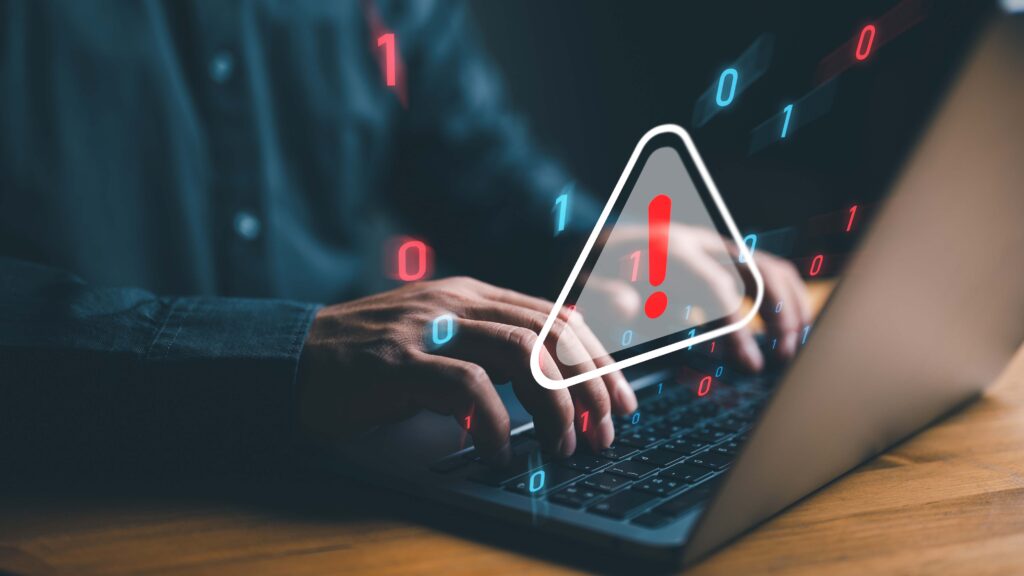Ransomware attacks can cripple operations, compromise sensitive data, and lead to substantial financial losses. Increasingly, cybercriminals aren’t looking to just encrypt single user devices. They can do much more damage and make more money if they can encrypt a file server or database. If you aren’t backed up, they could take your business offline. Fortunately, there are proactive steps that individuals and businesses can take to mitigate the risk and prevent ransomware attacks from wreaking havoc. In this blog post, we will explore five best practices to prevent ransomware attacks.
How can I protect myself?
Addressing the ransomware threat requires a multi-faceted approach that includes cybersecurity awareness and training, regular software patching, strong data backup practices, network segmentation, and the development of incident response plans. Additionally, collaboration between law enforcement, cybersecurity researchers, and organizations is essential to disrupt the ransomware ecosystem and hold criminals accountable.
5 Tips to Prevent Ransomware Attacks
1. Regular Data Backups: One of the most crucial defenses against ransomware attacks is maintaining regular data backups. Ensuring that your data is consistently backed up to secure offsite locations can significantly reduce the impact of a ransomware attack. In the unfortunate event of an attack, you can restore your systems and data from a clean backup, negating the need to pay the ransom.
2. Robust Cybersecurity Software: Investing in robust cybersecurity software, including antivirus, anti-malware, and intrusion detection systems, is paramount in preventing ransomware attacks. Regularly update and maintain these tools to ensure they can detect and thwart evolving ransomware threats effectively. These tools can help identify and isolate potentially malicious files or activities before they can cause harm.
3. User Education and Training: Human error is often a major factor in the success of ransomware attacks. Providing thorough education and training to employees or individuals about phishing scams, suspicious email attachments, and unsafe browsing habits can greatly reduce the likelihood of inadvertently downloading malware. Encouraging a culture of vigilance and cybersecurity awareness is essential in stopping ransomware at its entry points.
4. Patch Management: Outdated software and operating systems are often exploited by ransomware attackers. Implement a robust patch management strategy to ensure all software and systems are up to date with the latest security patches. Regularly check for updates and apply them promptly to close potential vulnerabilities that attackers might exploit.
5. Network Segmentation: Network segmentation involves dividing a network into smaller segments to prevent the lateral movement of threats, including ransomware. By isolating critical systems and sensitive data from less secure areas of the network, you limit the potential impact of an attack. If ransomware manages to infiltrate one segment, it’s less likely to spread to other parts of the network.
Bonus Tip! Stop & Think Before You Click
1. Stop: When you receive an email, message, or encounter a link, take a pause. Don’t rush to open attachments or click on links without careful consideration.
2. Think: Before proceeding, think critically about the sender, the content of the message, and the context. Does the email seem suspicious or unexpected? Is the language or tone unusual? Does it contain any requests for personal or sensitive information?
3. Before You Click: This emphasizes the importance of verifying the authenticity of the email or message before taking any action. Hover your cursor over links to see the actual web address they lead to. Check for misspellings, unusual domain names, or email addresses that don’t match the sender’s claimed identity.
By adopting these practices and maintaining a cautious mindset, you can significantly reduce your risk of falling victim to cyber threats and contribute to a safer digital environment.
Final Thoughts
Ransomware attacks continue to pose a significant threat to individuals and organizations worldwide. However, by implementing a combination of proactive measures, you can significantly reduce the risk of falling victim to these attacks. Remember that cybersecurity is an ongoing process that requires constant vigilance and adaptation to new threats. By staying informed and implementing these preventive strategies, you can better protect your digital assets and ensure the continuity of your operations.
You can make a difference both at work and at home and stay cybersafe by helping others learn about the cyber threat actors and their capabilities. Training Concepts would love to partner with your organization in building a more secure culture through training and our expert advice in consulting. Please reach out today to learn more about how we can help you and your organization.
Check out our previous blog post for a deep dive into the process and history of ransomware.

